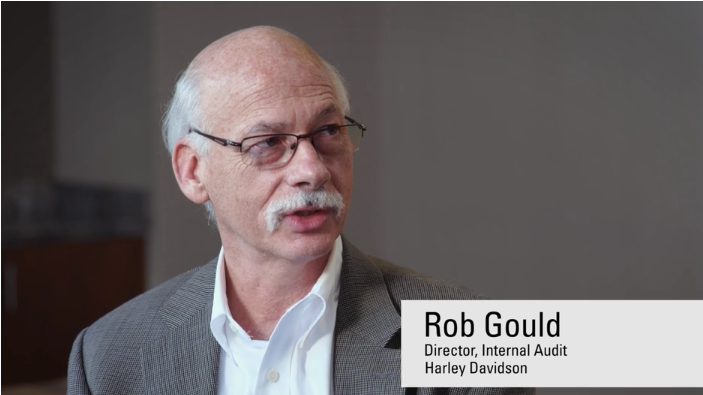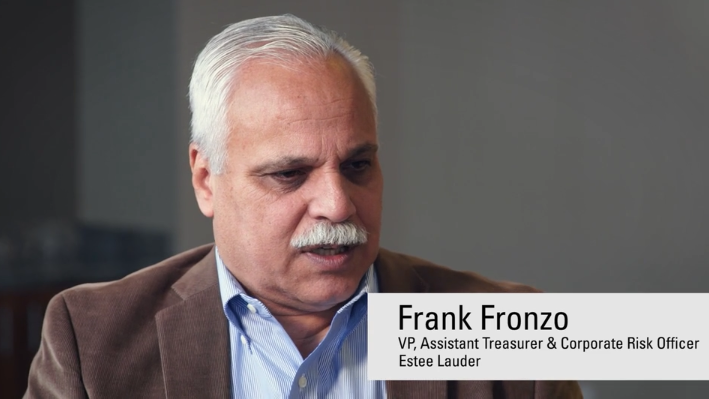Risk Assessment
Understanding Reputation Risk
Risk Assessment from COSO’s Perspective

Conducting Annual Risk Interviews

Conducting Black Swan Workshops
The Relationship between Internal Controls, ERM, and the Business Model
COSO’s Take on the Three Lines of Defense
COSO Releases Examples of Framework Applications

Getting an ERM Process Started
Fresh Insights from the Spring 2018 NCSU ERM Roundtable Summit
